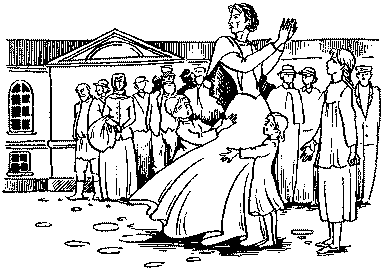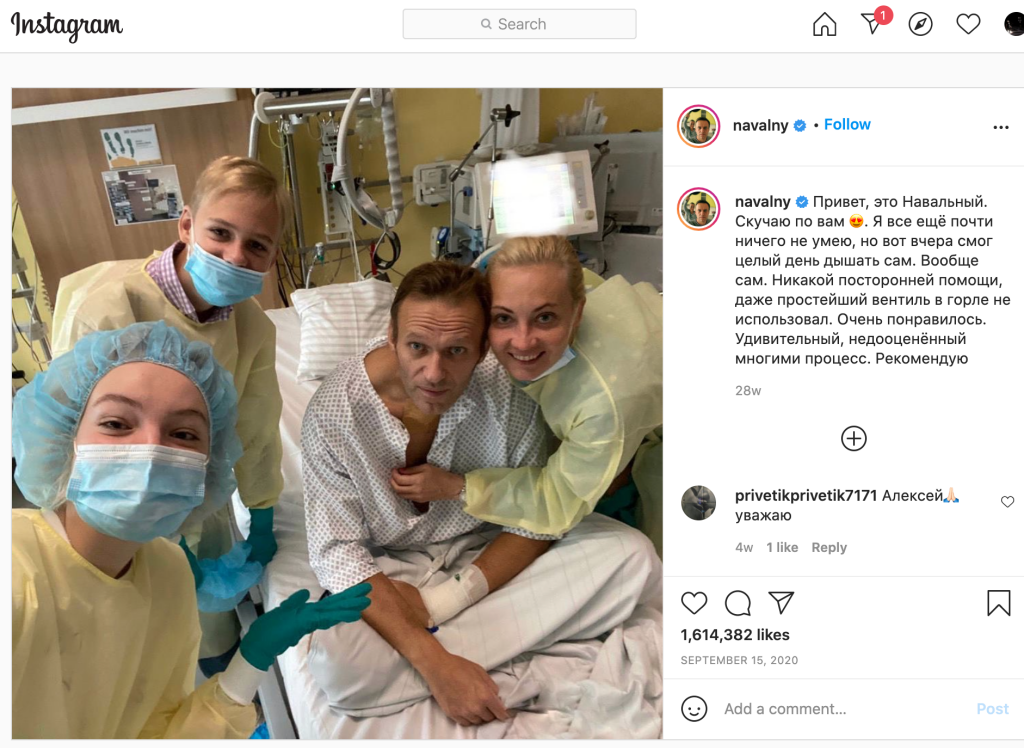Jennifer L. Wilson is a Postdoctoral Fellow in the Department of Slavic Languages and Literatures at the University of Pennsylvania. She is currently working on her first book, Radical Chastity: Abstinence and the Political Imagination in 19th Century Russian Literature. You can find her on Twitter on @JenLouiseWilson.
I can’t think of anyone who better articulates how the forces of crushing poverty fractures the self than Dostoevsky. His characters rarely use words to say what they mean, but rather to express how they would like to be understood. And they want to be understood as anything but who they really are, which are people who have been humiliated and debased by poverty. I was reminded of this by, of all things, Twitter.
As part of the #CP150 Twitter project, I was tasked with tweeting Book V of Crime and Punishment. Aside from Raskolnikov’s confession to Sonya, this book contains the Marmeladov funeral banquet. Organized by Katerina Ivanovna, this banquet is a ridiculous waste of money by a family who has none to spend, let alone squander; it’s an act of what Dostoevsky labels “pauper’s pride,” wherein:
[C]ertain social rituals, deemed obligatory for all and sundry in our country, lead many to stretch their resources to the limit and spend what few copecks they’ve saved merely in order to be “no worse than the other.
In other words, the banquet scene is a display of things done and said for the sake of appearances that run wholly counter to reality. This presented a serious challenge for me—how could I convey (in 140 characters no less) the duality of meaning in what the characters were saying at this banquet. For instance, I couldn’t just write “Katerina Ivanovna discusses her plans to open a boarding schools for noble girls in #T__________.” This boarding school was an obvious lie from the moment it came out of her mouth, and had no other function than to (unsuccessfully) mask her abject poverty. As a result, I found myself wondering—how do you tweet “pauper’s pride”?
It occurred to me that this wasn’t a silly question given how important a platform Twitter has become within social movements and in relaying affective solidarity with different human struggles. While this project, as I understood it, started off as a way of understanding how Twitter could serve Crime and Punishment, for me it became more a question of how reading Dostoevsky can benefit our understanding of Twitter and other social media platforms where powerful emotions borne out of pain are expressed.
When it came to tweeting Book V, I am not proud of how I responded to Katerina Ivanovna’s pain. I inserted a number of tweets in which I call Katerina Ivanovna a superficial social climber; I knew this was harsh at the time, but I wanted to make it clear to anyone following on Twitter who hadn’t read the novel that her statements about having money and social standing were to be read as false. I wish I could have come up with a more empathetic way to convey these ideas that could have situated Katerina’s lies within the emotional context of poverty. I tried to make it up by including tweets where Raskolnikov looks upon Katerina with sympathy, particularly after Sonya has been falsely accused by Pyotr Petrovich of stealing money: “I watch as Katerina Ivanovna leaves this drunk and disorderly throng, weeping/ She wanders into the street, with the vague intention of finding justice somewhere.”
In the end, what I was reminded of by this project was the importance of situating a person’s words, particularly the ones they express when they are at their worst, within the context of their social position and the emotions that such a position might bear out. I also learned that this is much easier said than done in a world limited by 140 character utterances, and that maybe we could all give one another a break when we fail to be perfect allies online.
This is part 5 of a series of posts on the experience of creating @RodionTweets. You can follow the Twitter account here. The introduction to the series is here. Click here to read Part 4 or here to go on to Part 6. More information about the #CP150 project can be found here.



